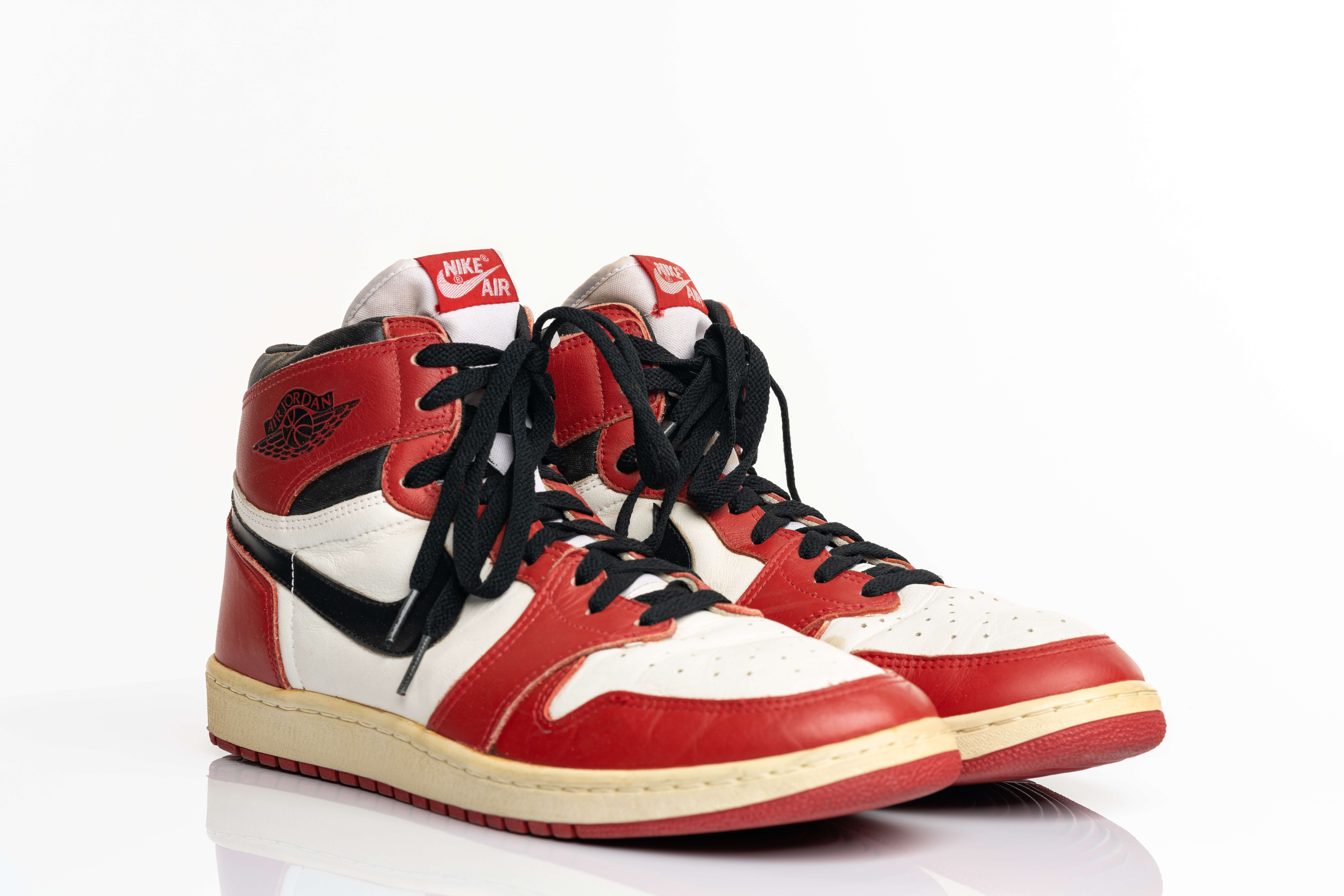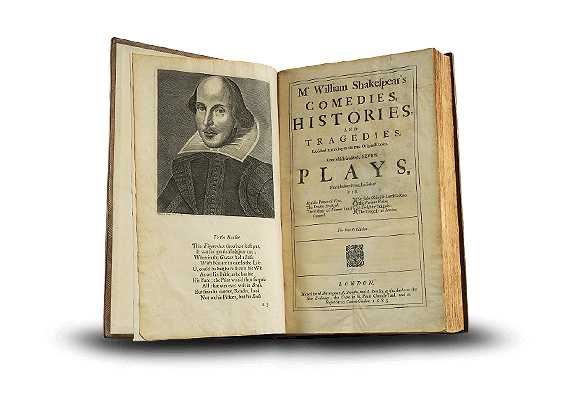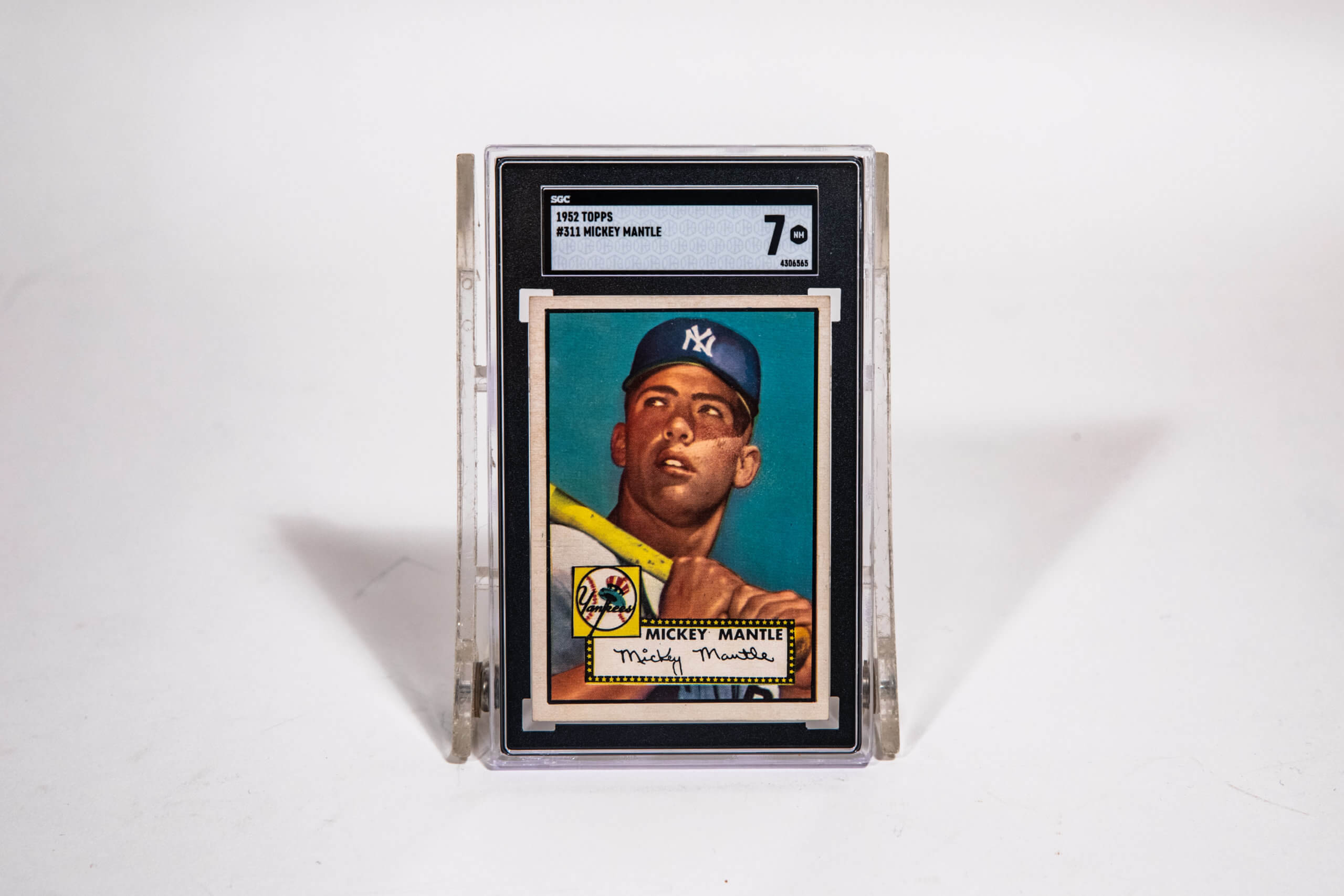Blog > Stories
Superman And Batman: How Surprising Sources Shaped The Characters We Know Today
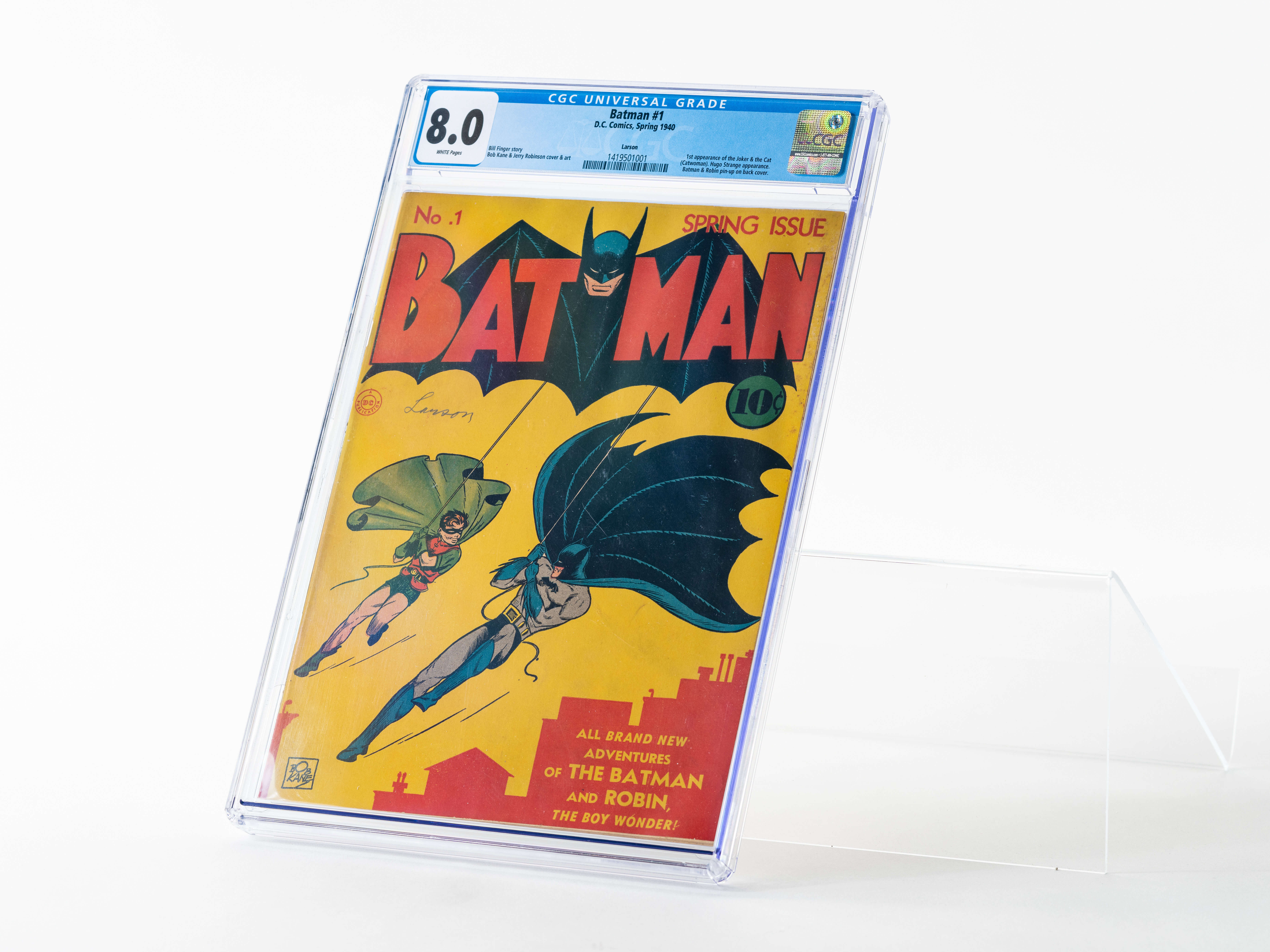
Blog > Stories
Superman And Batman: How Surprising Sources Shaped The Characters We Know Today

Clouded Origins
In most traditional tales, we get some background on our hero to start things off, but that wasn’t the case in the early days of comics. In this era, comic books were anthologies with completely separate stories and characters included to cover a wide range of tastes. Writers and artists had to hook readers immediately with action and drama or risk never seeing their character in print again.
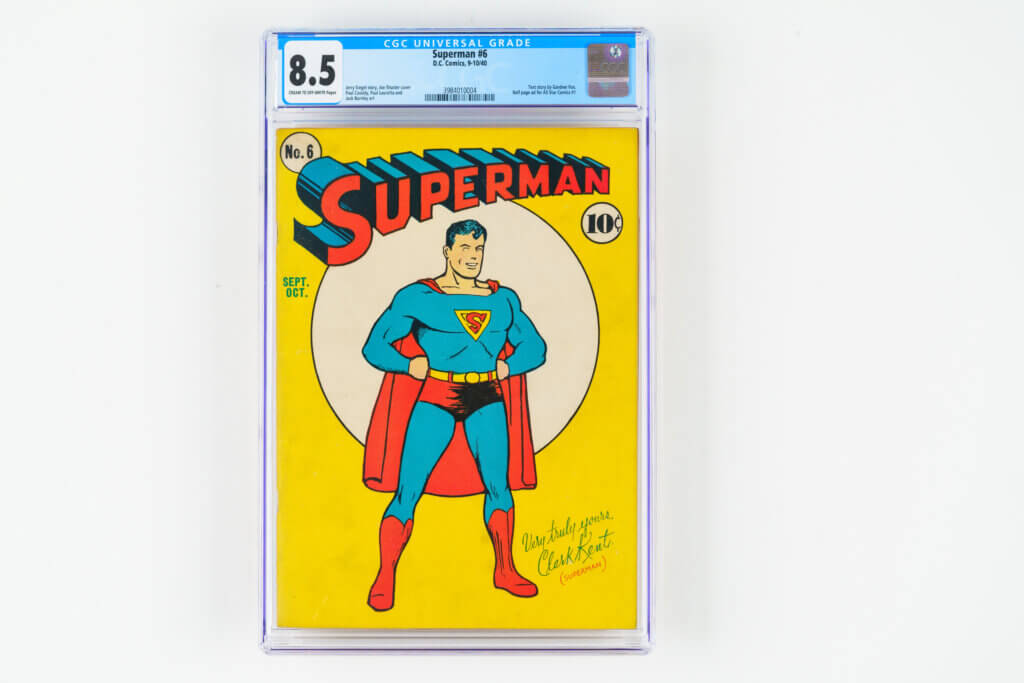
More Detail in the Weekly Strips
When DC Comics heads Harry Donenfeld and Jack Liebowitz launched Action Comics in 1938, they finally granted Superman creators a lifelong dream (DC was known as National Comics Publications at the time). For years, Jerry Siegel and Joe Shuster had been shopping their hero first and foremost as a newspaper strip to no avail. (These were far more prestigious than comic books back then.) While they had been working with DC on other stories and characters, they hadn’t been able to find a spot for Superman. When an opportunity in Action Comics came along, they jumped at the chance.
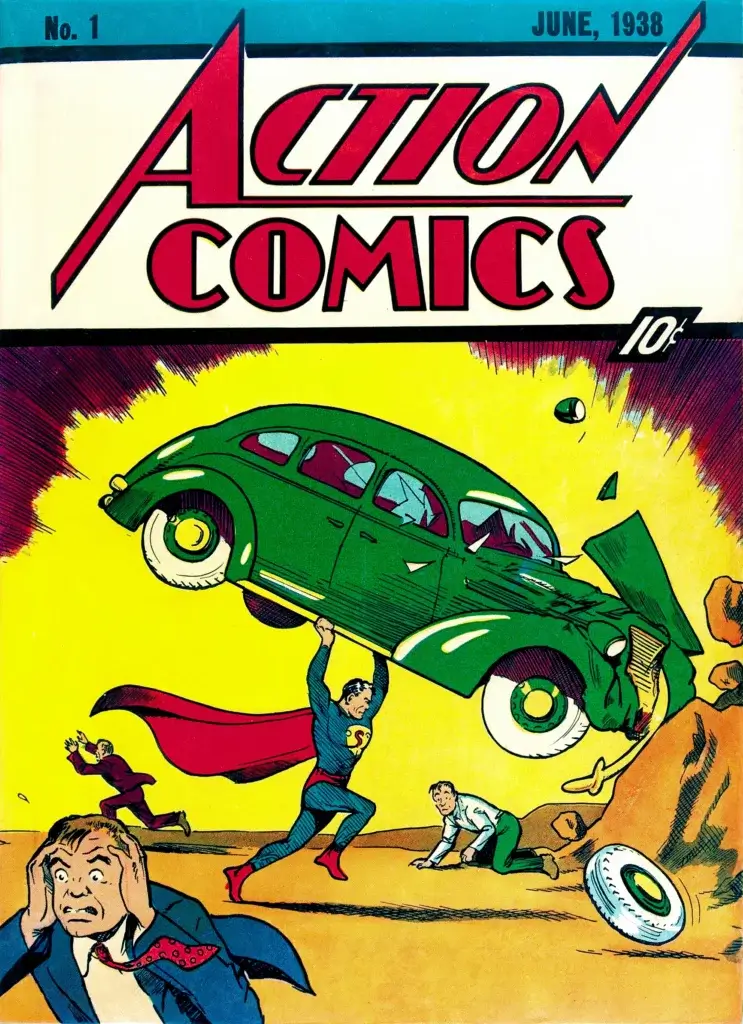
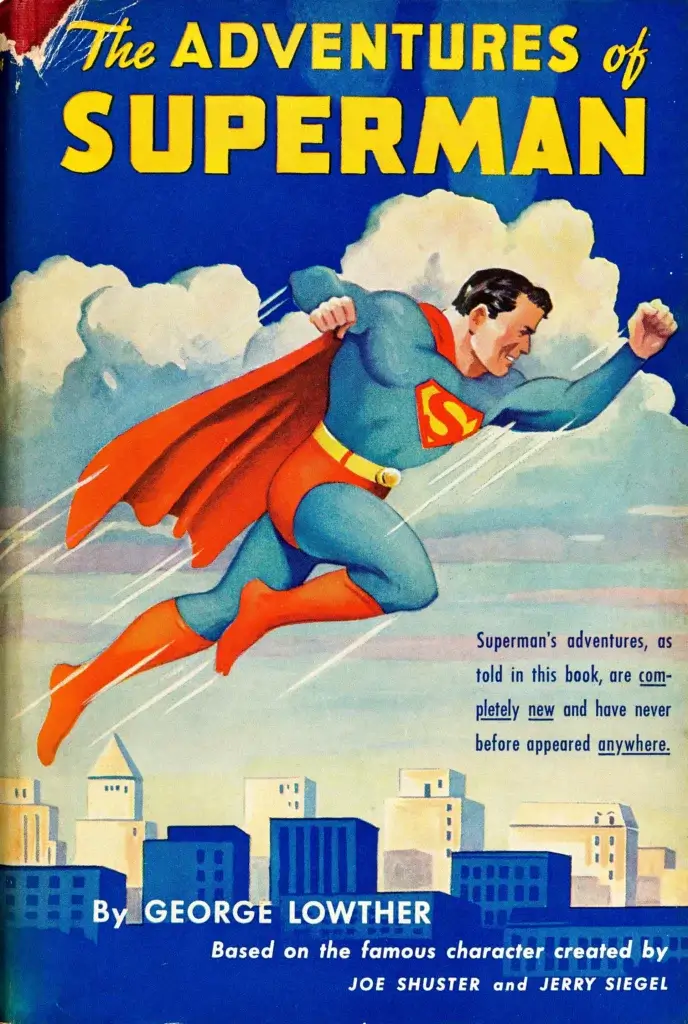
The duo chopped up their completed Superman newspaper strips and rearranged them to fit into the comic book format. The editors thought Superman’s 13 pages were strong enough to award it the first cover and opening slot over the likes of long forgotten Zatara: Master Magician, Sticky-Mitt Stimson, and Tex Thomson.
Due to the limited space, they could only devote a single panel to Superman’s extraterrestrial provenance. “As a distant planet was destroyed by old age, a scientist placed his infant son within a hastily devised space-ship, launching it toward Earth!” We zip like a speeding bullet past baby Superman’s childhood in an orphanage and get a rundown of his strength, quickness, and leaping ability (flying comes later). His name is just accepted as Clark Kent. We don’t know if he chose this name or if it was given to him by his caretakers. On this same page is a “scientific explanation” of his powers, using ants’ strength and grasshoppers’ leaping ability to justify his superhuman talents.
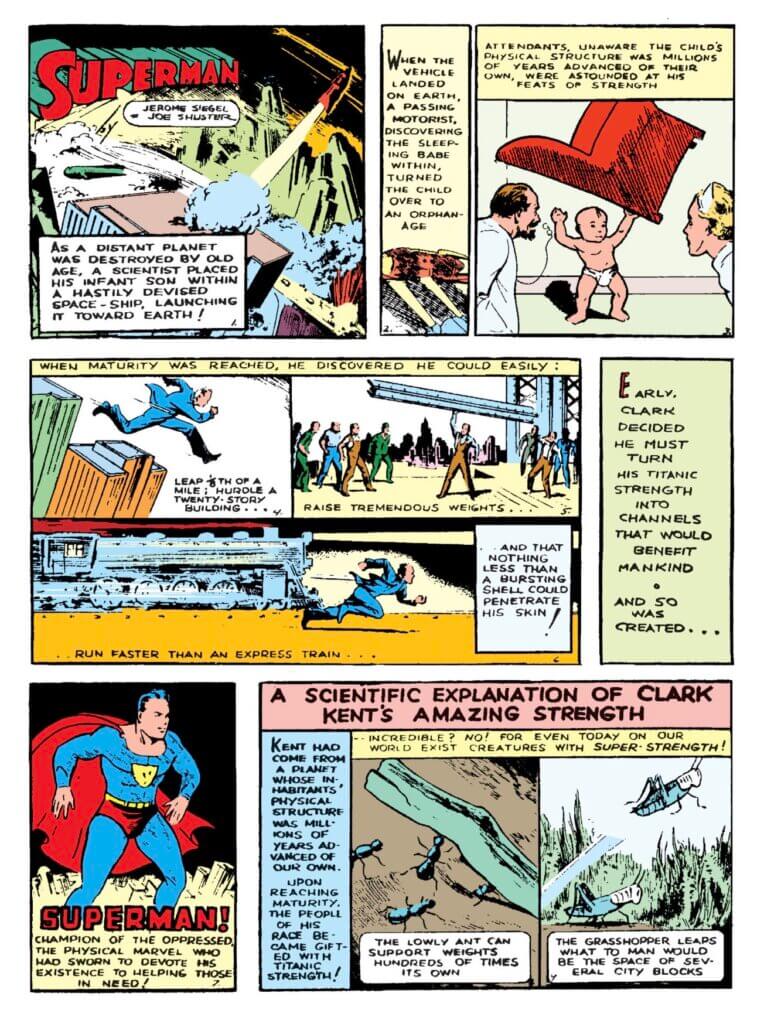
In less than a year, the cover star was so popular that Siegel and Shuster also landed their dream of making Superman into a newspaper strip. Popular strips commonly made the jump to comic books, but Superman was the first character to reverse the convention. This new audience would need to be introduced to Superman for the first time, and it gave the creators a second shot to flesh out the details.

Instead of one comic book page, they devoted 12 days’ worth of strips to a revised Superman origin. His home planet is labeled Krypton. His father and mother are shown for the first time and given the names Jor-L and Lora. We see Jor-L study the planet’s increasingly volatile earthquakes and warn the leadership council of impending doom only to be dismissed. Jor-L builds a test rocket to send to Earth, but Krypton’s apocalypse comes sooner than expected and they’re forced to send their only son, Kal-L alone. This is the first time we learn Superman’s birth name.
Four years later, Superman accomplished another feat by becoming the first comic book character to make the jump to a full-length prose novel, The Adventures of Superman. Written by George Lowther, the narrator and one of the primary writers of the Superman radio show early on, this work expanded the origin story, debuting the now-standard spellings of Kal-El, Jor-El, and Lara and detailing Superman’s childhood as he learns to cope with his growing powers.
Of course, many elements of Superman’s origin would change over the decades, but these early years provided a core for which all else was built.
A Heavy Dose of “Inspiration”
In less than a year after Superman’s debut, DC would strike gold a second time with Batman in Detective Comics #27 (May 1939). Fitting for his mysterious ways, “the Bat-Man” would get no origin information whatsoever. In fact, we don’t find out that he and Bruce Wayne are the same person until the final page.
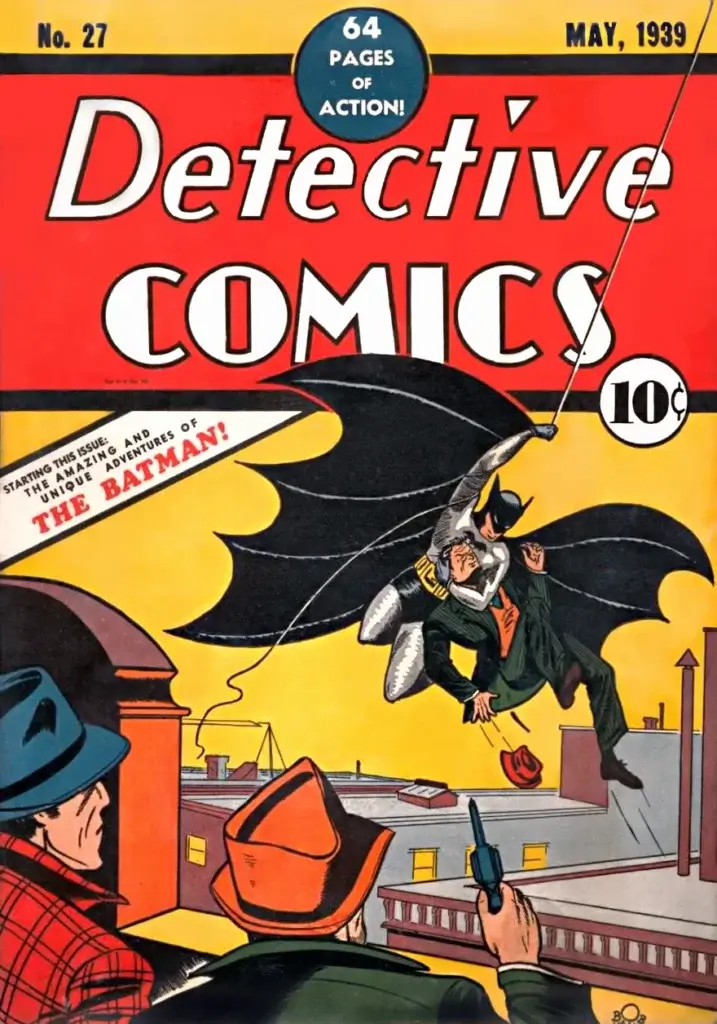
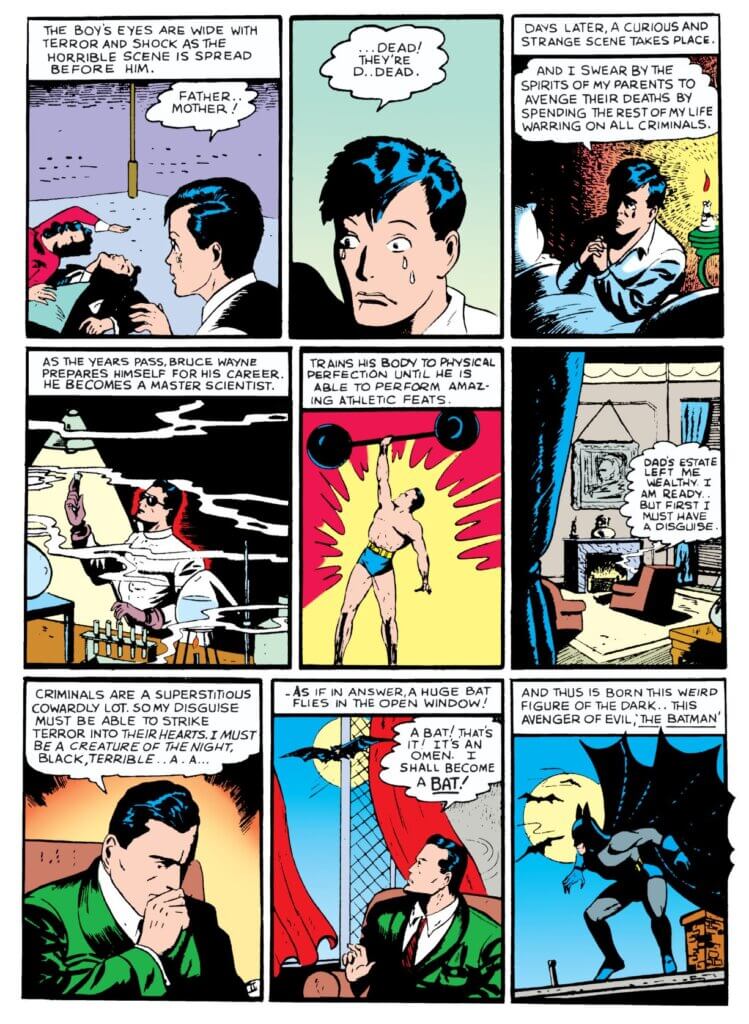
Six months later in issue #33, fans learned more about “The Batman and How He Came to Be” in a page-and-a-half spread. For the first time, we see Bruce’s father Thomas and unnamed mother gunned down during a robbery, pushing Bruce to devote his life to fighting crime.
Inspiration comes to him one evening as he ponders a potential gimmick.
“Criminals are a superstitious and cowardly lot. So my disguise must be able to strike terror into their hearts. I must be a creature of the night, black, terrible.. A. A…” – As if in answer, a huge bat flies in the open window! “A bat! That’s it! It’s an omen. I shall become a bat!” And thus is born this weird figure of the dark.. This avenger of evil, ‘The Batman’”
Detective Comics #33 (November 1939)
Interestingly, a similar sequence had played out in a pulp several years before. Popular Detective’s first issue in November 1934 featured a new character called The Bat. His secret identity was Dawson Clade, a private detective framed for murder by a criminal syndicate and sentenced to death. The unswayed governor was in the middle of writing his pardon when he was assassinated. A small group who was convinced of Clade’s innocence helped him fake his execution so he could take on the criminals without further retaliation.
Clade went to one of their remote cabins to hide out and brainstorm ideas for a disguise.
He was still thinking. Just what the character would be that he intended to assume was still vague in his mind. He only knew that it would have to be some nubilous creature of the night that lurked in the shadows.
He glanced at the oil lamp burning on a table. Then he swung around, suddenly tense. In the shadows above his head there came a slithering, flapping sort of sound.
Clade leaped back instinctively as something brushed past his cheek. Again the flapping of wings a weird rustling sound. Terror overcame him for an instant as something brushed against his hair, caught in a tangled lock. Something that seemed unspeakably evil.
He reached up, tore at it with fingers that had suddenly grown frantic. He flung the thing aside. As he did so he saw that it was a bat. An insectivorous mammal, with its wings formed by a membrane stretched between the tiny elongated fingers, legs and tail.
As the creature hovered above the lamp for an instant it cast a huge shadow upon the cabin wall.
“That’s it!” exclaimed Clade aloud. “I’ll call myself ‘The Bat.'”
Popular Detective (November 1934)
Outside of that nearly identical moment of bat inspiration, the Bat and the Batman don’t have much in common. The Bat wore plain clothes and a hood over his face with a bat logo on the forehead. The character would only go on to have three more stories published in Popular Detective. C.K.M Scanlon was the credited author, but many believe that the true author is none other than Johnston McCulley, the creator of Zorro – who was admittedly a big inspiration for Batman co-creator Bill Finger. The Mark of Zorro eventually became the canon movie that the Wayne family went to see the night they were gunned down.




